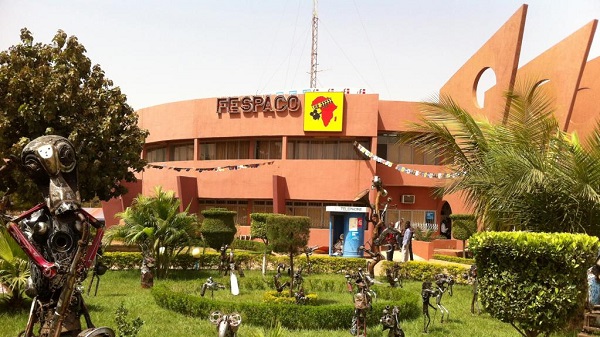
From a timid start in 1969, the Pan-African film and television festival (FESPACO) has today grown into the leading cultural event in Africa.
By Lamine Konkobo (BBC Africa) |
FESPACO takes place every two years in Burkina Faso’s capital, Ouagadougou, with the stated aim of promoting African cinema.
The event is loosely modeled on the Cannes Film festival. Like Cannes, it:
- offers an opportunity for film enthusiasts to binge-watch cinematic productions;
- brings professionals together to promote their work and discuss industry-related challenges;
- celebrates excellence by handing trophies to top industry talents.
This year’s edition has been going on since last Saturday and is wrapping up this weekend. Here, are six things you need to know about the festival.
FESPACO received almost 1,000 submissions for 2017, far more than previous years.
The festival used to be very select with regard to which type of production is acceptable and who could compete.
Films shot on budget-intensive celluloid were the standard and the official selection was open only to continental African directors.
The restriction was lifted a year ago. So now, digital films and films from directors from the African diaspora qualify for consideration in all categories.
The large number of entries meant submissions were put through a sift, and ultimately 150 films were retained by the organizers.
But many directors are in Ouagadougou to promote work which does not feature in the official strands – so a total of 200 films are being screened during the festival.
1- ‘The African Storm’
No picture at Fespaco 2017 seems to be making as much a splash on the festival enthusiasts as The African Storm, a film by Beninese director Sylvestre Amoussou.
It features among the 20 films which are up for the top award – the Golden Stallion of Yennega, a trophy with a cash prize of 20,000,000 CFA francs ($32,000; £26,000).
The film tells the story of an African president who nationalizes businesses run by racist, cynical Western executives.
“It’s not an anti-European film, but a film against the governments of states that exploit us,” Amoussou told the AFP news agency.
READ: Ethiopian Filmmaker/Journalist Hopes for Win at FESPACO
The subject matter of The African Storm is rarely tackled by African productions which are usually funded by Western donors under criteria that favor themes on a “miserable Africa”, Amoussou says.
With the unusually provocative message it conveys, the movie seems to connect so well with its FESPACO audience.
Its screening on Wednesday was punctuated by applause and shouts of approval.
2- A Thomas Sankara Prize
When Ethiopian filmmaker Haile Guerima won the Golden Stallion of Yennega, FESPACO’s top award, in 2009, he did not show up to collect the trophy in person.
Guerima had vowed he would not set foot in Burkina Faso for as long as President Blaise Compaore was in power.
Guerima’s boycott was because he believed Mr Compaore killed Thomas Sankara in 1987 to grab power. Mr Compaore, who was ousted in 2014 by a popular uprising, denies the allegation.
Now Guerima might have more than one reason to set foot back in Burkina Faso for FESPACO. Not only is Mr Compaore no longer in power; but also a prize has now been created in honor of Thomas Sankara.
Read the complete story at BBC Africa
——
See also:
- “Erotalehu” Album by Eyob Mekonnen
- VIDEO: An Eritrean in Ethiopia: Teddy Love’s Story
- Ethiopian Filmmaker/Journalist Hopes for Win at FESPACO
- Mulatu Astatke: 52 Years Doing What He Does Best ― Jazzing
- Elias Wondimu, Founder & Director of Tsehai Publishers, to Receive Order of Emperor Menelik II
